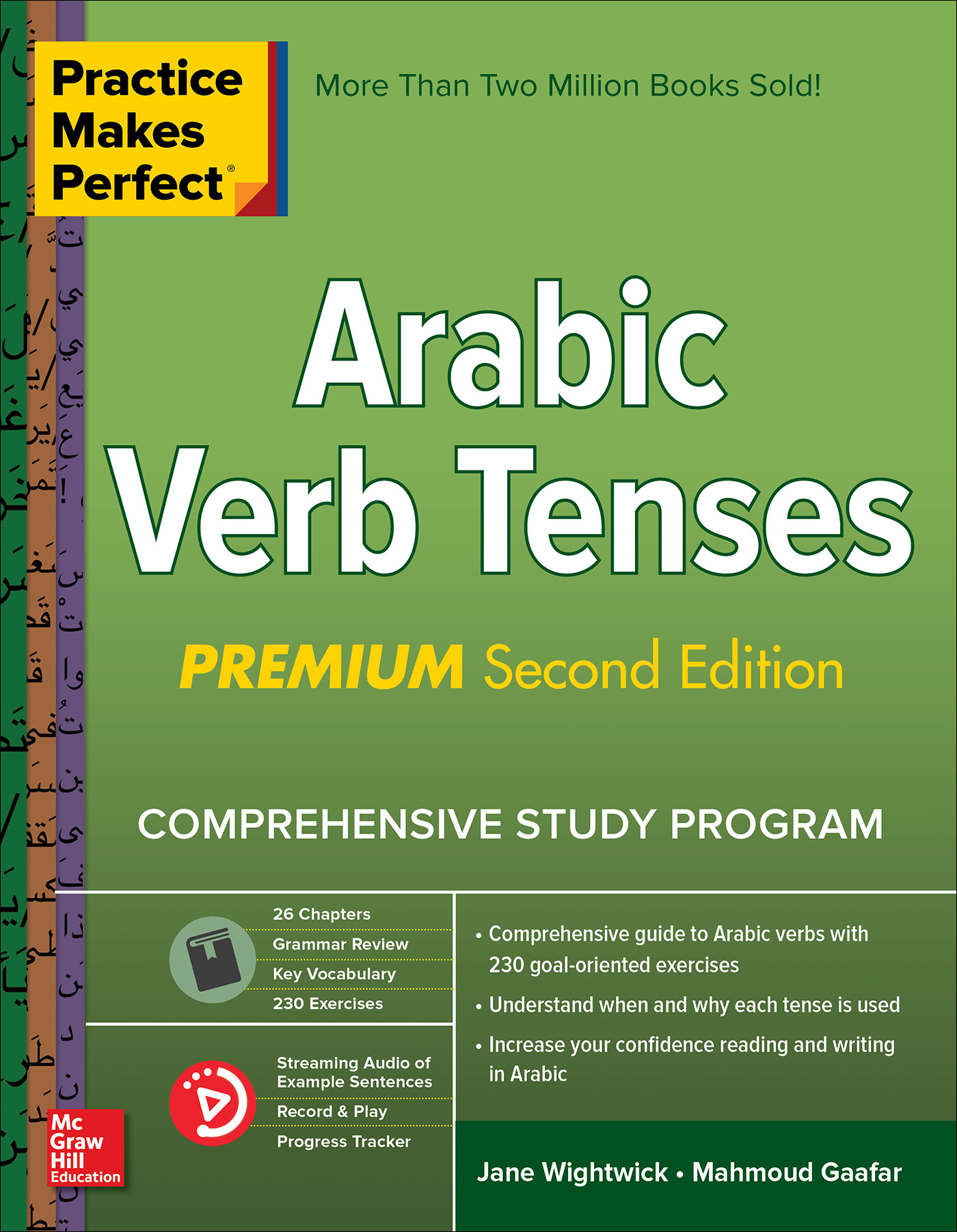Contents
Guide
Page List


Copyright 2019 by McGraw-Hill Education. All rights reserved. Except as permitted under the United States Copyright Act of 1976, no part of this publication may be reproduced or distributed in any form or by any means, or stored in a database or retrieval system, without the prior written permission of the publisher. ISBN: 978-1-26-014380-5
MHID: 1-26-014380-5 The material in this eBook also appears in the print version of this title: ISBN: 978-1-26-014379-9, MHID: 1-26-014379-1. eBook conversion by codeMantra
Version 1.0 All trademarks are trademarks of their respective owners. Rather than put a trademark symbol after every occurrence of a trademarked name, we use names in an editorial fashion only, and to the benefit of the trademark owner, with no intention of infringement of the trademark.
Where such designations appear in this book, they have been printed with initial caps. McGraw-Hill Education eBooks are available at special quantity discounts to use as premiums and sales promotions or for use in corporate training programs. To contact a representative, please visit the Contact Us page at www.mhprofessional.com. Trademarks: McGraw-Hill Education, the McGraw-Hill Education Publishing logo, Practice Makes Perfect, and related trade dress are trademarks or registered trademarks of McGraw-Hill Education and/or its affiliates in the United States and other countries and may not be used without written permission. All other trademarks are the property of their respective owners. McGraw-Hill Education Language Lab App Recordings to support your study of this book are available as streaming audio through our Language Lab app. McGraw-Hill Education Language Lab App Recordings to support your study of this book are available as streaming audio through our Language Lab app.
This free application can be downloaded from the Apple app store (for iPhones and iPads) or the Google Play store (for Android phones). Alternatively, go to mhlanguagelab.com to access the online version of this application. (Note: Internet access is required for streaming audio through the app.) TERMS OF USE This is a copyrighted work and McGraw-Hill Education and its licensors reserve all rights in and to the work. Use of this work is subject to these terms. Except as permitted under the Copyright Act of 1976 and the right to store and retrieve one copy of the work, you may not decompile, disassemble, reverse engineer, reproduce, modify, create derivative works based upon, transmit, distribute, disseminate, sell, publish or sublicense the work or any part of it without McGraw-Hill Educations prior consent. You may use the work for your own noncommercial and personal use; any other use of the work is strictly prohibited.
Your right to use the work may be terminated if you fail to comply with these terms. THE WORK IS PROVIDED AS IS. McGRAW-HILL EDUCATION AND ITS LICENSORS MAKE NO GUARANTEES OR WARRANTIES AS TO THE ACCURACY, ADEQUACY OR COMPLETENESS OF OR RESULTS TO BE OBTAINED FROM USING THE WORK, INCLUDING ANY INFORMATION THAT CAN BE ACCESSED THROUGH THE WORK VIA HYPERLINK OR OTHERWISE, AND EXPRESSLY DISCLAIM ANY WARRANTY, EXPRESS OR IMPLIED, INCLUDING BUT NOT LIMITED TO IMPLIED WARRANTIES OF MERCHANTABILITY OR FITNESS FOR A PARTICULAR PURPOSE. McGraw-Hill Education and its licensors do not warrant or guarantee that the functions contained in the work will meet your requirements or that its operation will be uninterrupted or error free. Neither McGraw-Hill Education nor its licensors shall be liable to you or anyone else for any inaccuracy, error or omission, regardless of cause, in the work or for any damages resulting therefrom. McGraw-Hill Education has no responsibility for the content of any information accessed through the work.
Under no circumstances shall McGraw-Hill Education and/or its licensors be liable for any indirect, incidental, special, punitive, consequential or similar damages that result from the use of or inability to use the work, even if any of them has been advised of the possibility of such damages. This limitation of liability shall apply to any claim or cause whatsoever whether such claim or cause arises in contract, tort or otherwise.
Preface
The richness of Arabic is based on its system of word roots, and nowhere is this more evident than in the verb system. Arabic tenses can be characterized as narrow but very deep. For while Arabic has only two basic tenses (past and present/future), the verb system encompasses a huge variety of types and variations within these tenses.
Practice Makes Perfect: Arabic Verb Tenses (2nd edition) is perfect for all beginning and intermediate students who have a solid grasp of the Arabic script or for more advanced students who are in need of a good review workbook.
It promotes the confident use of Arabic verbs through clear explanations and examples with online audio followed by extensive practice exercises. It is an invaluable aid for all learners who want to advance more quickly and is particularly useful for independent study. The book is divided into six main parts: Part I: Roots, nonverbal sentences, and pronouns. It may seem odd to start a book about verb tenses without any verbs or tenses! However, provides a very important grounding in the basics of Arabic word roots and pronouns, together with nonverbal sentences that express the equivalent of the English verbs to be and to have. You will find the subsequent parts of the book fall into place much more easily after completing this introductory part. Part II: Past tense. The second part covers the complete conjugation in the past (or perfect) tense of all verbs types, both regular and irregular, together with sections on word order and use of the dual. Part IV: Forms of the verb. The fourth part deals with the eight significant derived forms of the verbthe very important and commonly-used variations to the verbal root that modify the meaning of verbs. Part IV: Forms of the verb. The fourth part deals with the eight significant derived forms of the verbthe very important and commonly-used variations to the verbal root that modify the meaning of verbs.
Both the past and present tenses of the derived forms are covered. Part V: Moods of the verb and verbal nouns. The fifth part concentrates on the moods of the verbthe subjunctive, the jussive and the imperative. Also included in this part are the important verbal nouns that are formed from verbs and often used in place of a second verb. Part VI: Other aspects of verbs. The sixth part looks at unusual and very irregular verbs, compound tenses, and the conditional and passive verbs. Each part provides concise but complete explanations and ample exercises. An answer key is also provided.
This will be especially useful to learners who are studying independently. In addition, all the Arabic example sentences are accessible as audio recordings via the McGraw-Hill Education Language Lab, available at mhlanguagelab.com and in the app store. There is a pause for you to repeat each sentence, and you can access the relevant page in the book to see the English meaning and further explanation. This will help you to perfect your pronunciation and to learn how the Arabic verbs sound, as well as how they work on paper. Every effort has been made to limit the range of additional vocabulary, and to organize material in such a way that key words are naturally absorbed. In this way, your understanding of the learning points and exercises will not be hampered by the inclusion of large amounts of unfamiliar vocabulary.





 Copyright 2019 by McGraw-Hill Education. All rights reserved. Except as permitted under the United States Copyright Act of 1976, no part of this publication may be reproduced or distributed in any form or by any means, or stored in a database or retrieval system, without the prior written permission of the publisher. ISBN: 978-1-26-014380-5
Copyright 2019 by McGraw-Hill Education. All rights reserved. Except as permitted under the United States Copyright Act of 1976, no part of this publication may be reproduced or distributed in any form or by any means, or stored in a database or retrieval system, without the prior written permission of the publisher. ISBN: 978-1-26-014380-5